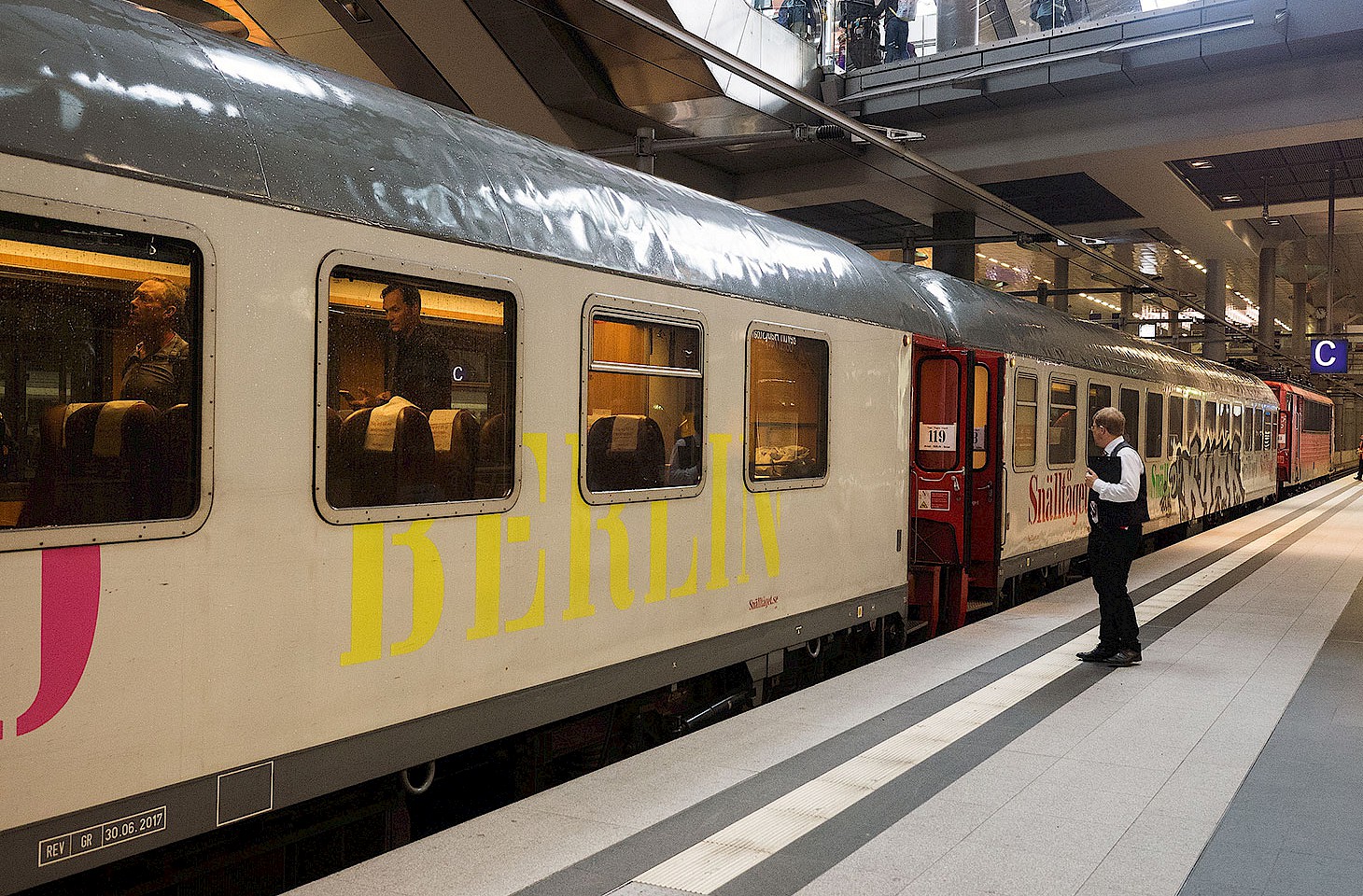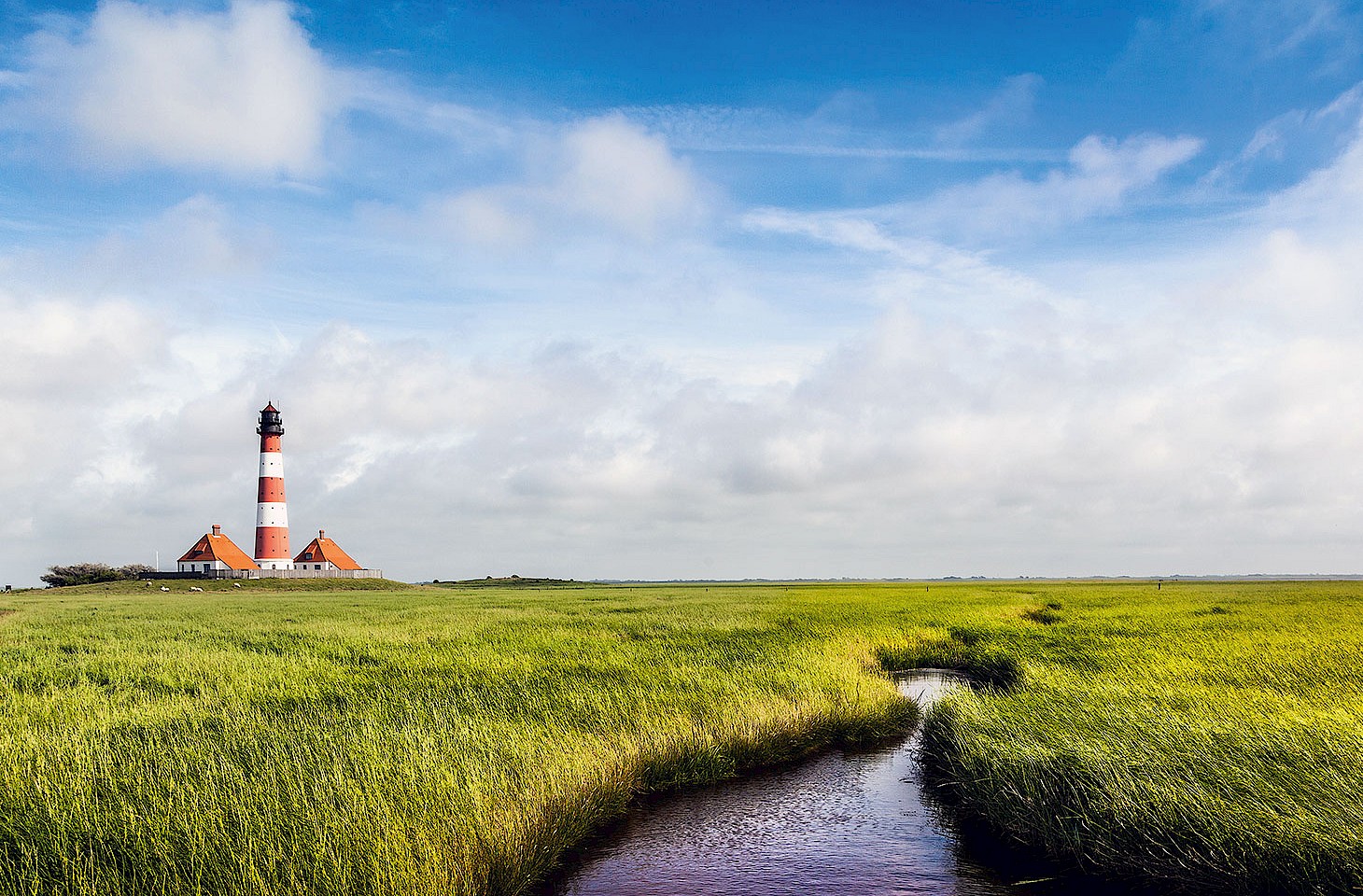So you think you know what you’ll find as you travel east across Europe? When travel writer Colin Thubron made his first visit to the Soviet Union, he discovered in the centre of Minsk “a ferro-concrete tundra which is crushingly shoddy and uniform.” Yet Nigel Roberts, author of the excellent Bradt Guide to Belarus and an occasional contributor to hidden europe, lauds Minsk as “the best example of post-war Soviet urban planning on a grand scale,” noting that the Belarusian capital is a city of expansive boulevards, shady parks, neoclassical architecture, fountains and monuments.
Beauty is in the eye of the beholder, and never more so than when it comes to the socialist architecture of central and eastern Europe. In our home city of Berlin, the Stalinallee residential development is nowadays widely recognised as an uplifting urban space. The road name was changed of course after Stalin fell out of favour — it became Karl-Marx-Allee. Viewed from the east on a summer morning, with Hermann Henselmann’s magnificent mock-baroque towers at Frankfurter Tor in the foreground, Karl-Marx- Allee is awesome.
Yet cast back to the days of a divided Berlin and commentators in the western sector of the city loved to mock the Zuckerbäckerstil of the neoclassical socialist architecture of East Berlin and particularly the Karl-Marx-Allee development — though for authentic ‘wedding cake’ styles one had to look much further east than Berlin. The Kotelnicheskaya Embankment complex in Moscow, completed in 1952, had enough extraordinary towers and turrets to keep anti-Soviet media busy. That didn’t stop Kotelnicheskaya from claiming special status as the tallest building in Europe — albeit only briefly. The following year, the new Moscow State University (MSU) building on the Leninskiye Gory (Lenin Hills) pushed Kotelnicheskaya off its lofty pedestal. The tower on the MSU building is more than sixty metres higher than that at Kotelnicheskaya. Compared to these massive Moscow buildings, Berlin’s Karl- Marx-Allee development seems positively homely.




